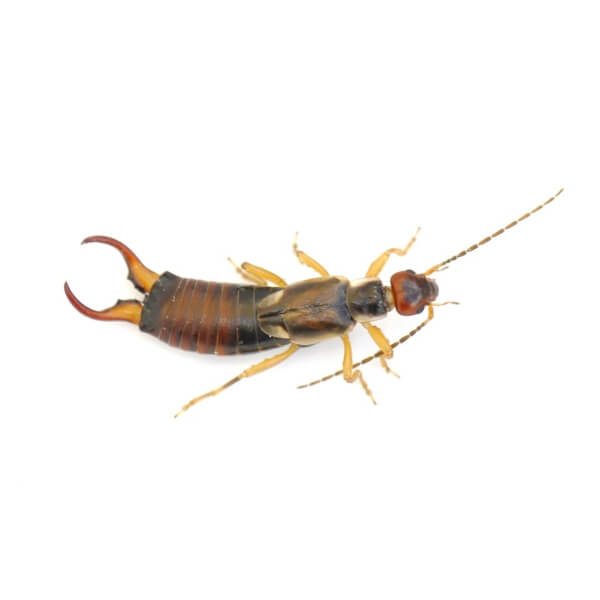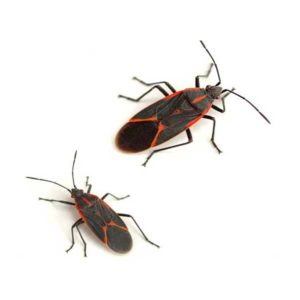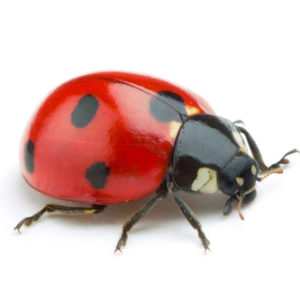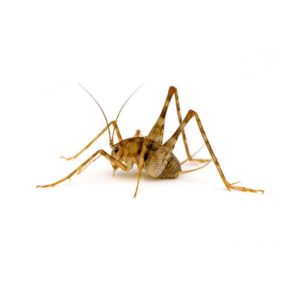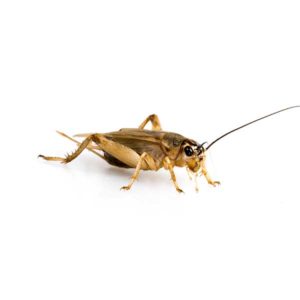Earwigs in Salina
Earwigs get their name from an old superstition that they crawl into peoples’ ears as they sleep. Don’t worry, though, earwigs have no interest in doing that. They spend most of their day in hiding in preferably cool, damp places. At night, earwigs hunt and feed on a wide variety of insects and plants. Earwigs feed on leaves, flowers, fruits, and fungi, as well as on aphids and larger insects such as flies, captured with their pincer-like cerci. They are most common in the South and southwestern United States and tend to hibernate during the winter months. For the most part, earwigs are considered a nuisance pest during spring and summer.
Earwig Habitat
Earwigs may seek refuge in homes when conditions outside are too dry, hot, or cold. Daytime hiding places include logs, rocks, boards, or dense growth of vines or weeds. Around homes, they can be found in moisture-rich environments such as cracks near swimming pool areas, flower bed mulch, underneath outdoor potted plants, and leaf litter. Inside homes, they will congregate in flaps of cardboard boxes as well as kitchens and bathrooms.
Earwig Behaviors, Threats, or Dangers
Earwigs don’t bite people or spread disease, but they can pinch. Although their pincers are unlikely to break skin, they can hurt. In gardens, they can chew irregular holes in leaves and flower blossoms. Earwigs can enter homes through gaps and cracks in siding and foundations. They can also gain access when homeowners transfer items like potted plants, firewood, or cardboard boxes from outside to inside the home.
If you are dealing with excess earwigs on your property, contact a local pest control professional.

